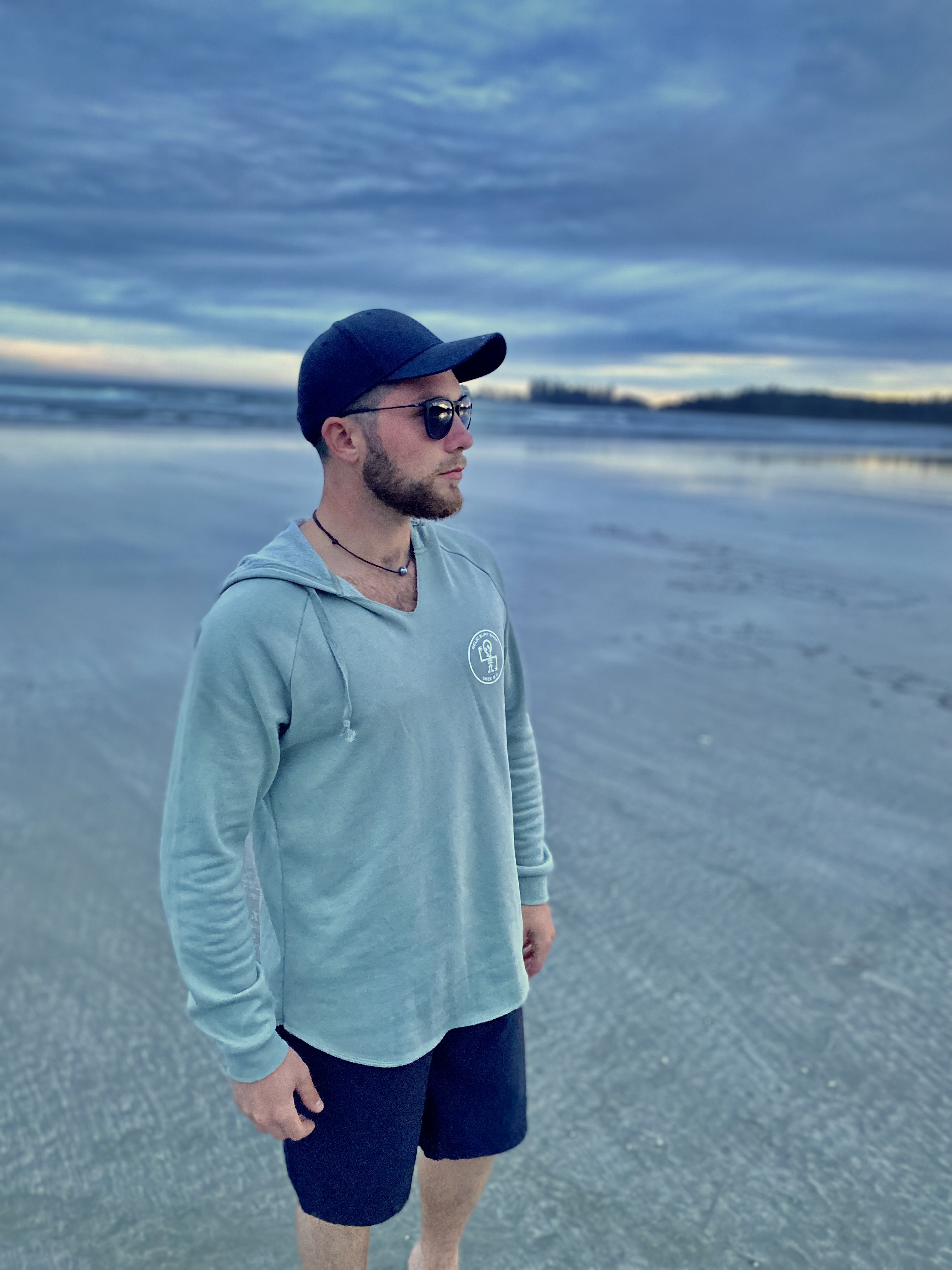Tiles setlement BSF Project
BSF Project
Project and grants between Israel and Hawaii
Overview
As part of the project, we want to experiment with new tiles for coral recruitment, using new technologies such as 3D printers. All tiles are designed and printed by the Israel Institute of Technology. Composed of various components such as CaCO3 (DEFINE), PA12 (DEFINE). Their size will be 1.5cmX1.5cmX0.3cm.
Le programme dans un premier souhaite focaliser sur les brooder spawner en parti du à la faciliter de la gestion des pontes mais également du à leurs rapidité d’exploitation. Dans un deuxième temps, l’étude se portera sur l’étude du recrutement sur les coraux spawner. Des tests ont déjà effectuer sur les coraux de la mer rouge au sein de l’IUI.
The species chosen for the first test
The species Stylophora pistillata was chosen for these first tests. Chosen for its wide geographical distribution from the Red Sea to the Indo-Pacific, Stylophora pistillata (Esper, 1797) is one of the most studied species in the world with replicable study potential in many locations as shown by numerous papers (REF in paper Dor Shefy 2018). In the Gulf of Eilat, Stylophora pistillata is a branching coral with high relative abundance (Loya and Slobodkin, 1971; Loya, 1972). Providing a habitat for numerous species of crabs (Vassily A. Spiridonov and Volker Neumann 2008) (Trapezia (ALASDAIR EDWARDS and HILARY EMBERTON 1980), Alpheidae and Xanthidae), fish (Tetsuo Kuwamura et al. 1994) (Gobiidae, Pomacentridae) but also for sponge species, bivalves and others (B. Rinkevich and Y.Loya 1979) shows the importance of S. pistillata in reef complexity. Maintenance of this species is therefore essential for a reef such as the Gulf of Eilat.
In order to maintain S. pistillata population on the reef reproduction and recruitment is required. It matures sexually when recruits reach a size of approximately 2cm (Rinkevich and Loya 1979b), and also has the particularity of high growth and rapid regeneration (B. Rinkevich and Y.Loya 1979). S. pistillata is a brooding coral and larval release that occurs for 6 to 8 consecutive months between December/January to April/May (Dor Shefy, 2018). S. pistillata begins releasing its larvae 2 hours after sunset for almost every evening during the week of the full moon (Rink- evich and Loya 1979a, b, 1987). In addition, S. pistillata has a high recruitment rate (REF,REF,REF). All these features make S. pistillata a relevant study model for testing coral recruitment in the laboratory.
Materials
- 6 well plates
- 0.2µm filtered seawater
- Pipette
- Tiles (CaCO3 - PA12)
- Microscope
- Coral larvae
- NoteBook
- Pencil
Protocol
A. Setup experiment
- After sampling the coral colonies and/or larvae (within the nets), transfer the larvae into a 0.2µm filtered seawater
- Prepare the 6 well plates, placing 1 tile per well.
- Prepare the number of plates needed for the study. In our case, we would need one well plate with 6 CaCO3 tiles and one well plate with 6 PA12 tiles.
- Prepare the blank well plates (without tiles).
- Label the plates with the material used for the experiment (I.E plate 1 CaCO3).
- Add 7ml of 0.2µm filtered seawater to all plates.
- Add 8 larvae per well (Swimming stage only)
- Place the plates in an incubator (with light, lunar cycle) at the temperature of the ocean where the colonies from (no thermal test is programmed in this experiment)
B. Once the study is up and running / To be done every day
- Check the well plates daily (1 time per day if possible within the same time period) and take the desired data such as : (X= number)
- Number of larvae set on tile. Write T= X
- Number of larvae set on the well plate. Write P=X
- Number of dead larvae. Write (X)
Example:
| Plate ID | ||||||
|---|---|---|---|---|---|---|
| Well | 1 | 2 | 3 | 4 | 5 | 6 |
| No plug (blank) | (5) | 0 | 0 | 0 | 0 | 0 |
| CaCO3 | T=2 P=1 | (2) | 0 | 0 | 0 | 1 |
| PA12 | 0 | 0 | 0 | (8) | T=1 | P=3 |
- If in doubt about the health of the larvae (swimming stage or other stage), use the microscope to carry out a double check.
- Take temperature data and/or, in the case of incubators, temperature + humidity.
- Take a photo of the NoteBook to keep track of data
C. Water change / Every 2 days
- Take daily data (step B)
- Remove seawater, put 0.2µm filtered seawater using a pipette, taking care not to capture larvae or break recruiting larvae
- Put the old water down the drain or in a suitable place
- Fill the well with 7ml of 0.2µm filtered seawater
- Check that all water has been replaced
- Return the wells to their original position
- Wait 2 days and repeat this (step C)
